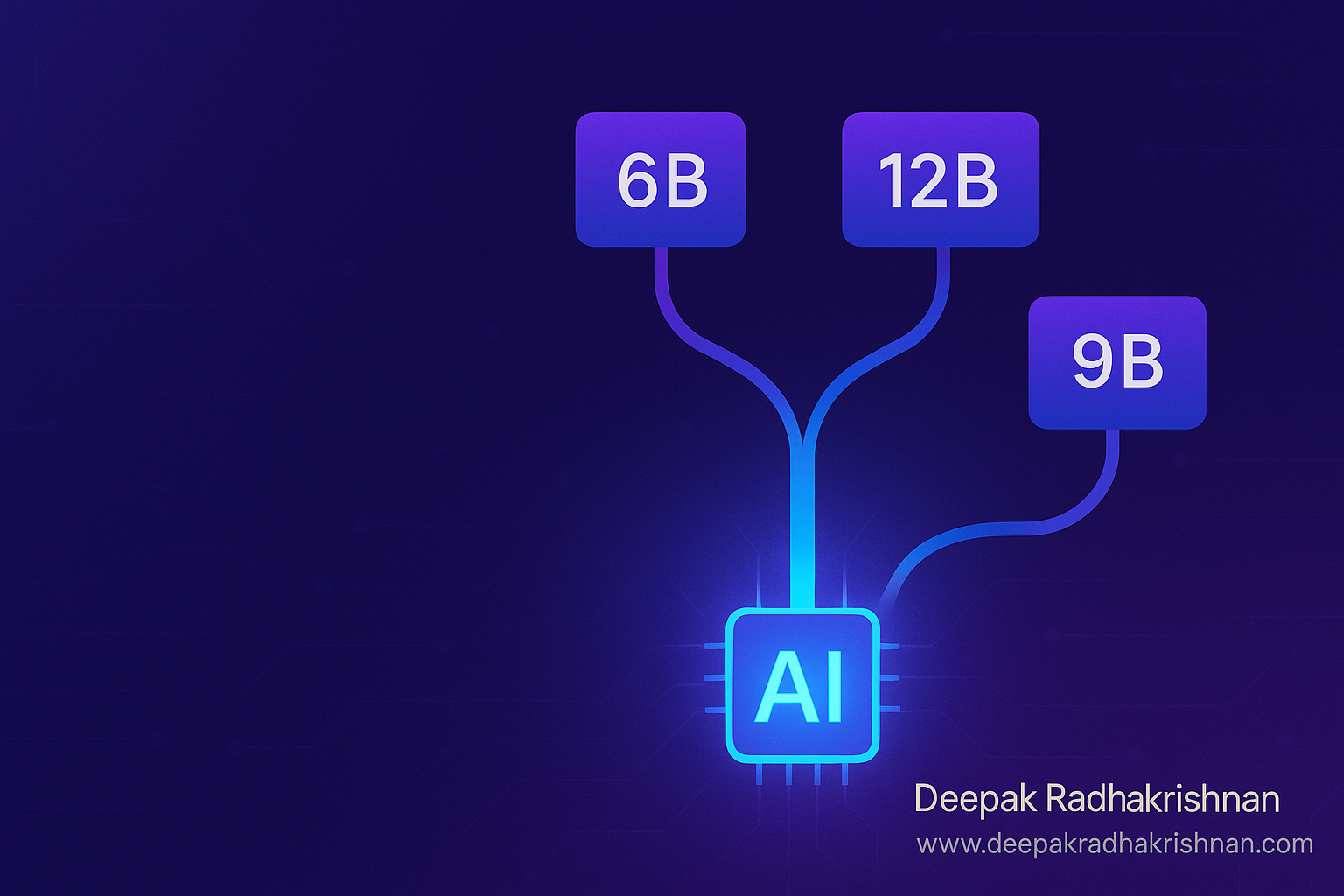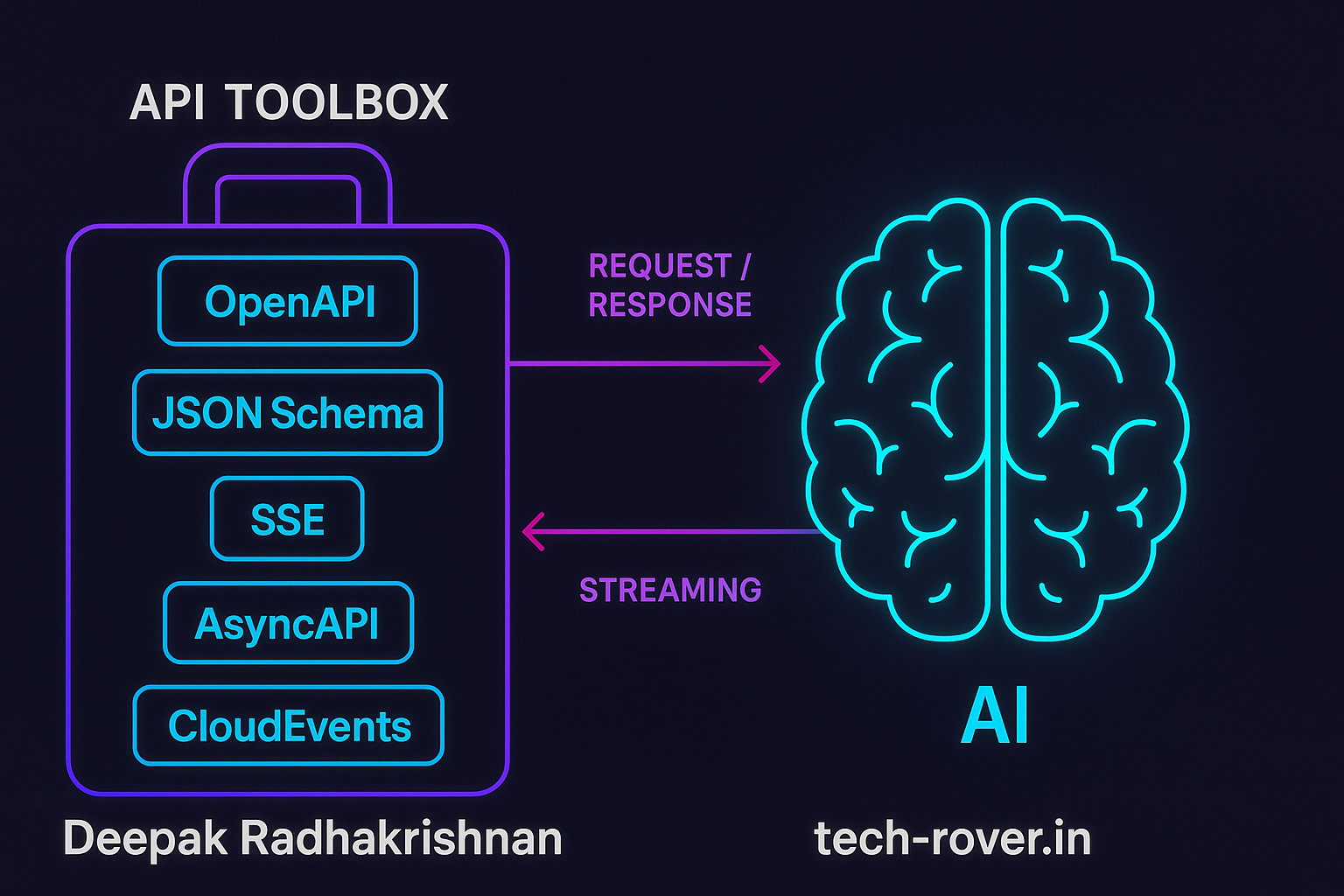Introduction
Pay-per-token bills got you flinching every time a prompt runs? You’re not alone. The combo of n8n for automation and Ollama for on-device LLMs gives you private, fast, and (after hardware) essentially zero-marginal-cost AI. In this guide, you’ll spin up Ollama locally, wire it into n8n’s AI nodes, and build a practical workflow (chat + RAG) that never leaves your machine. We’ll cover models that work well today, an OpenAI-compatible route (handy for existing n8n nodes), embeddings, and common gotchas like ports, model names, and token limits. By the end, you’ll have a share-worthy local AI stack that feels cloud-grade without the cloud tax. (Ollama’s OpenAI-compatible API is officially “experimental,” but it works great for most n8n use cases.) (Ollama Documentation)
Why n8n + Ollama Right Now
Running LLMs locally brings three big wins:
- Cost control: No per-token fees. Your GPU/CPU does the work.
- Privacy: Data never leaves your box—huge for sensitive automations.
- Velocity: n8n’s AI nodes + Ollama’s local models let you prototype fast, then scale carefully.
Ollama ships an OpenAI-compatible endpoint (/v1/*) so tools expecting OpenAI can talk to your local model. This is perfect for mixing n8n’s OpenAI-style nodes with your local backend. Just remember it’s experimental and occasionally changes; if you need every feature, Ollama’s native REST API is the source of truth. (Ollama Documentation)
What You’ll Build
- Local LLM chat inside n8n using Ollama (e.g., Llama 3.1 or Mistral).
- Local RAG using n8n’s Embeddings Ollama node to vectorize your files and answer questions with citations. (n8n Docs)
We’ll show both:
- OpenAI-compatible path (point n8n’s OpenAI nodes to Ollama), and
- Native Ollama nodes (Embeddings + Model).
Prerequisites
- A machine with recent CPU; for best results, an NVIDIA GPU with recent drivers.
- Docker (recommended) or native installs.
- n8n 1.x+ and Ollama latest.
Step 1 — Run Ollama Locally
Docker (recommended):
docker run -d --name ollama \
-p 11434:11434 \
-v ollama:/root/.ollama \
--gpus all \
ollama/ollama
Then pull a model:
# Examples: Llama 3.1 8B, Mistral 7B
ollama pull llama3.1
ollama pull mistral
List installed models:
ollama list
The default API listens on http://localhost:11434. Ollama also exposes OpenAI-compatible endpoints under /v1. (GitHub)
Quick API smoke test (chat completions):
curl http://localhost:11434/v1/chat/completions \
-H "Content-Type: application/json" \
-d '{
"model": "llama3.1",
"messages": [{"role":"user","content":"Say hello from local AI"}]
}'
OpenAI-compat is experimental; if you hit quirks, prefer Ollama’s native API. (Ollama Documentation)
Step 2 — Run n8n
Docker:
docker run -d --name n8n \
-p 5678:5678 \
-v n8n_data:/home/node/.n8n \
--restart unless-stopped \
n8nio/n8n
Open http://localhost:5678 to access the UI.
Step 3 — Connect n8n to Ollama (Two Paths)
Path A: Use n8n’s OpenAI-Style Nodes with Ollama (OpenAI-Compatible)
This is handy when you already built workflows around OpenAI nodes.
- In n8n → Credentials → OpenAI, set:
- Base URL:
http://localhost:11434/v1 - API Key: any non-empty string (Ollama ignores it)
- Base URL:
- In your OpenAI Chat or OpenAI nodes, set Model to the exact name you pulled (e.g.,
llama3.1,mistral).
This works because Ollama speaks a subset of OpenAI’s API. Just note some params differ (e.g., legacy /v1/completions vs chat), and not all features are 1:1. If a node expects OpenAI-only features (like Assistants), use native Ollama nodes instead. (Ollama)
Common issue: “Can’t connect to OpenAI with custom base URL.”
Solution: ensure base is /v1, model name matches, and the Ollama server is reachable at localhost:11434. Community threads confirm the pattern. (n8n Community)
Path B: Use n8n’s Native Ollama Nodes
n8n ships dedicated Ollama AI nodes (and an Embeddings Ollama node) so you can stay native and avoid OpenAI-compat edge cases.
- Embeddings Ollama → generate vectors locally.
- Ollama Model (message/completion sub-nodes) → run prompts against local models.
Docs & integration pages outline params and model names. (n8n Docs)
Step 4 — Build a Private Chatbot in n8n (Local LLM)
Minimal flow:
- Webhook (GET/POST) receives
prompt. - Ollama Model (Message) node:
- Model:
llama3.1(or your pick) - System Prompt: “You are a helpful assistant. Keep replies concise.”
- User Message:
{{$json.prompt}}
- Model:
- Respond to Webhook with the model’s text.
OpenAI-compatible variant: replace step 2 with OpenAI Chat node pointing at Ollama’s /v1 as above. (Ollama)
Step 5 — Local RAG with Embeddings Ollama
- Read Binary Files (PDFs, docs).
- Split Text (n8n text ops, eg 1–2k chars with overlap).
- Embeddings Ollama node:
- Model: embeddings-capable variant (e.g.,
mxbai-embed-largeor other embeddings models available via Ollama)
- Model: embeddings-capable variant (e.g.,
- Store vectors in your DB or a lightweight vector store (SQLite table with cosine distance, or a plugin you prefer).
- Retriever step → Top-k chunks.
- Ollama Model (Message) with a prompt that includes retrieved context (“Answer using only the CONTEXT…”).
n8n’s docs cover the Embeddings Ollama node and how sub-nodes handle parameters across items. (n8n Docs)
Recommended Local Models (2025 Snapshot)
- General chat: Llama 3.1 8B/70B (choose to fit your VRAM), Mistral 7B Instruct for speed.
- Coding: Code Llama or newer code-tuned variants.
- Embeddings: mxbai family or text-embedding models available via Ollama library.
Check the Ollama Library for current tags and sizes; pull what fits your hardware. (Ollama)
Pro tip: Start with 7–9B models for responsiveness, then graduate to bigger models if quality demands it.
Advanced Techniques
Function Calling & Tools
Recent community tests highlight strong tool-use with modern models (e.g., Llama 3.1, Mistral). When building tool-use flows in n8n, keep tool schemas compact and validate model outputs. (Model quality varies—benchmark in your own setup.) (Collabnix)
Streaming & Latency
n8n nodes that support streaming pair nicely with Ollama’s token streaming for snappy UX. If your flow components don’t stream, buffer chunks with an n8n Function node.
Multi-model Routing
Use a small model for quick classification, then route “hard” queries to a bigger local model. n8n’s branching makes this trivial.
Common Pitfalls & Fixes
- Port/Network: Ollama must be reachable at
http://localhost:11434. If you’re running n8n in Docker on another container, put both on the same Docker network and use the container name (http://ollama:11434). (n8n Community) - Model names: Use the exact name from
ollama list(e.g.,llama3.1). Mismatches cause 404s. (GitHub) - OpenAI-compat quirks: Some params/endpoints differ (and may change). If a node fails oddly, try the native Ollama nodes. (Ollama Documentation)
- Context window: Smaller models have smaller windows. Chunk and retrieve; don’t paste books into a single prompt.
- GPU memory: Bigger models need more VRAM. Start with 7B if you’re unsure. Ollama Library lists sizes. (Ollama)
Practical Example: n8n RAG Workflow (JSON Import)
Paste into n8n → Import from URL/Clipboard, then set your own file paths and DB step.
{
"nodes": [
{
"id": "webhook",
"name": "Ask (Webhook)",
"type": "n8n-nodes-base.webhook",
"parameters": { "httpMethod": "POST", "path": "ask-local" },
"typeVersion": 1,
"position": [260, 240]
},
{
"id": "split",
"name": "Split to Chunks",
"type": "n8n-nodes-base.function",
"parameters": {
"functionCode": "const text = items[0].json.text || '';\nconst size = 1500, overlap = 200;\nconst chunks = [];\nfor (let i=0;i<text.length;i+= (size-overlap)) {\n chunks.push({ chunk: text.slice(i, i+size) });\n}\nreturn chunks.map(c => ({ json: c }));"
},
"typeVersion": 2,
"position": [620, 240]
},
{
"id": "embed",
"name": "Embeddings (Ollama)",
"type": "n8n-nodes-langchain.embeddingsOllama",
"parameters": {
"model": "mxbai-embed-large",
"text": "={{$json.chunk}}"
},
"typeVersion": 1,
"position": [880, 240],
"credentials": { "ollamaApi": "Ollama Local" }
},
{
"id": "retrieve",
"name": "Top-k Retrieve",
"type": "n8n-nodes-base.function",
"parameters": {
"functionCode": "// TODO: Replace with your vector DB lookup.\n// This stub just echoes the first few chunks for demo.\nreturn items.slice(0,3);"
},
"typeVersion": 2,
"position": [1140, 240]
},
{
"id": "llm",
"name": "Answer (Ollama Model)",
"type": "n8n-nodes-langchain.llmMessageOllama",
"parameters": {
"model": "llama3.1",
"systemMessage": "You are a concise expert. Cite facts from CONTEXT.",
"userMessage": "Question: {{$json.question}}\\n\\nCONTEXT: {{ $items(\"retrieve\").map(i => i.json.chunk).join(\"\\n---\\n\") }}"
},
"typeVersion": 1,
"position": [1400, 240],
"credentials": { "ollamaApi": "Ollama Local" }
},
{
"id": "respond",
"name": "Respond",
"type": "n8n-nodes-base.respondToWebhook",
"parameters": { "responseBody": "={{$json.text || $json}}"},
"typeVersion": 1,
"position": [1660, 240]
}
],
"connections": {
"Ask (Webhook)": { "main": [[{ "node": "Split to Chunks", "type": "main", "index": 0 }]] },
"Split to Chunks": { "main": [[{ "node": "Embeddings (Ollama)", "type": "main", "index": 0 }]] },
"Embeddings (Ollama)": { "main": [[{ "node": "Top-k Retrieve", "type": "main", "index": 0 }]] },
"Top-k Retrieve": { "main": [[{ "node": "Answer (Ollama Model)", "type": "main", "index": 0 }]] },
"Answer (Ollama Model)": { "main": [[{ "node": "Respond", "type": "main", "index": 0 }]] }
}
}
Swap the “Top-k Retrieve” stub for your vector DB (Postgres+pgvector, SQLite+cosine, etc.). The important part is Embeddings Ollama → store vectors → Answer (Ollama Model) with retrieved context. (n8n Docs)
Troubleshooting FAQ
The OpenAI node won’t connect to my local endpoint.
Confirm Base URL = http://localhost:11434/v1 and that your model name exists in ollama list. If n8n runs in Docker, use the container hostname (http://ollama:11434). (GitHub)
Responses differ from OpenAI.
That’s normal—models differ. Choose the best local model for your task and tune prompts. (n8n Community)
Which models are current “safe bets”?
Llama 3.1 (8B/70B), Mistral 7B for speed, code-tuned variants for dev tasks; check Ollama Library for fresh tags. (Ollama)
Conclusion
Local AI is no longer a hack—it’s a strategy. With n8n as your automation brain and Ollama as your on-device LLM engine, you get privacy, speed, and freedom from cloud bills.
Key takeaways:
- Point n8n’s OpenAI nodes at
http://localhost:11434/v1or use native Ollama nodes. (Ollama) - Use Embeddings Ollama for private RAG. (n8n Docs)
- Start with smaller models; scale up as needed. (Ollama)
Next steps: wire this into a real workflow—support inbox triage, on-prem knowledge search, or code review summaries—then benchmark models and iterate.
What will you build first with your new local AI stack?
Sources & Further Reading:
- Ollama OpenAI-compatible API overview and blog. (Ollama Documentation)
- n8n Embeddings Ollama node docs & integration page. (n8n Docs)
- Ollama Library (models & tags) and GitHub. (Ollama)
- n8n OpenAI node docs and community threads on OpenAI-compatible setups. (n8n Docs)






Leave a Reply